With the rise of smart tech, it can be hard to distinguish between what makes a device smart or automated. There are so many new buzz words and complicated features that a newbie to smart tech can be completely thrown when trying to differentiate.
Home automation is when home appliances can operate independently at scheduled times or function in conjunction with an external app using IoT. Smart homes think ahead and work on their own parameters in reaction to other conditions, such as lowering the AC when it is a sweltering day.
Let’s get into more specifics about their differences and how you can use them both to make your life even more accessible.
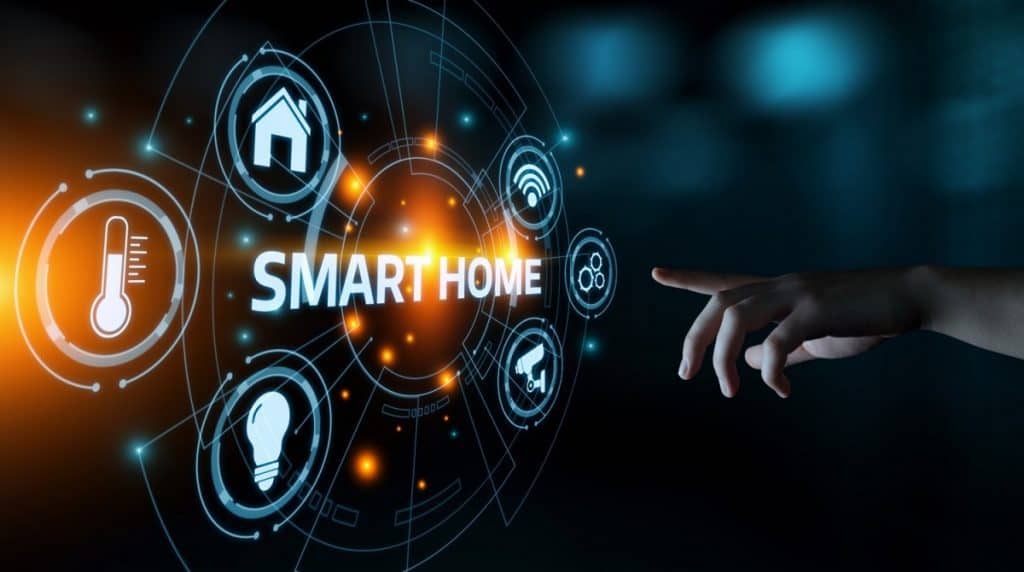
What Is Home Automation?
Home automation is the process that allows your home to run on its own and stay on a pattern every day that you set. For example, lights that come on right as you get home from work and then dim as the night goes on. These processes save money and time and make life even more accessible.
Automated home processes can help you get life moving even when you can’t be there to initiate it. You and your family can also control them through apps or integrated tablets through a hub system.
Home automation is a process system that allows users to keep things moving when they aren’t around. They make it even easier to go through life, especially if you have a consistent schedule.
How Does Home Automation Work?
Home automation works with the Internet of Things (IoT). These are devices that connect to the Internet that don’t usually. By connecting to the Internet, you can link multiple devices or control them from apps.
Apps can connect to various different accounts, like an Amazon account, and order things on them.
For example, an automated refrigerator may have a special camera or sensor that detects when a product is getting low or used up. Once it reaches a certain point, the device communicates with a grocery ordering app and adds it to the shopping list.
Connecting devices to the IoT allows them to communicate together and work in a more extensive system. Connected devices can know more about situations and help you make better decisions.
For example, a smart stove with a recipe interface can communicate with a smart fridge and select recipes that you have components for. They can also tell you if you can make a recipe you had scheduled; for example, something crucial is missing now.
This is why smart devices are crucial for home automation; an interconnected system of smart devices can work together.
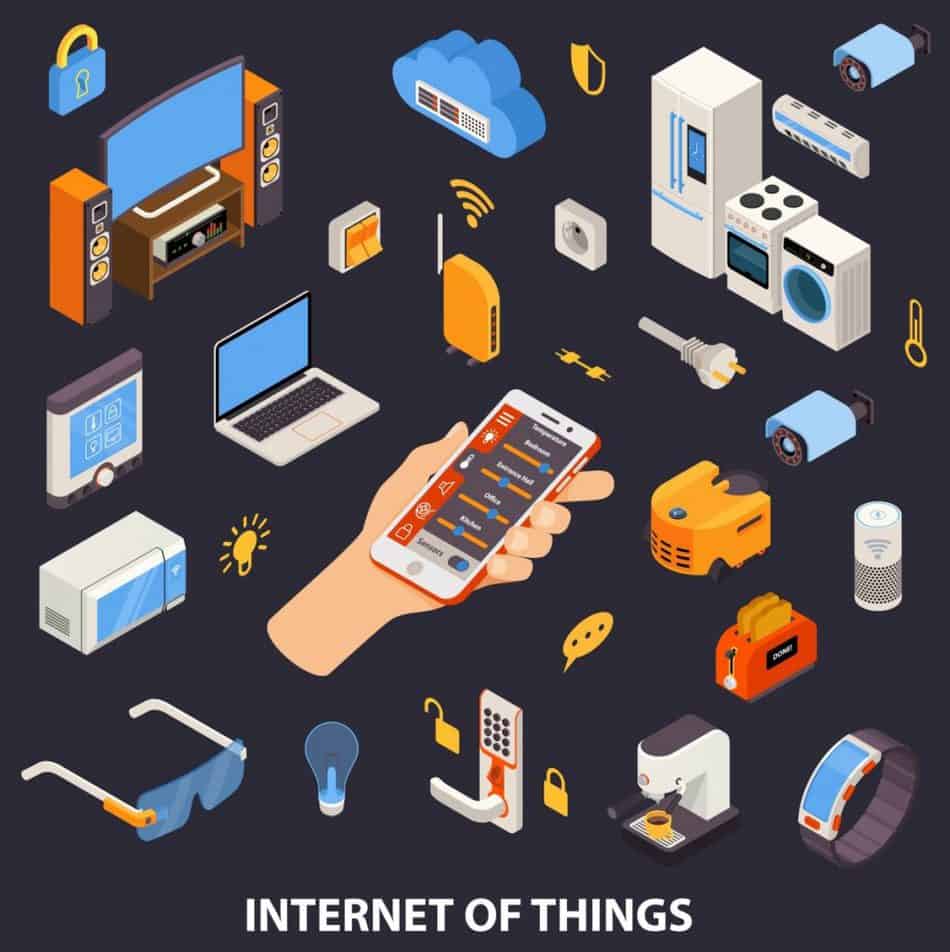
What Is a Smart Home?
A smart home is a home that has been integrated with ‘smart tech.’ These are things like a Nest Smart Thermostat or a Ring doorbell. They are built into the building and communicate together through the Internet of Things. You can control them with apps or tablets built into the home.
Smart technology is an innovative technology that can make decisions and have parameters that help them do so. They work through algorithms and make connections based on other data. While it sounds like something out of science fiction, it is genuine!
For example, a smart refrigerator can detect when bottles of condiments are running low. Some of them detect this with weight sensors, others with smart cameras that can see a bottle’s contents getting lower. Once it reaches a predetermined level, it can be automatically added to a shopping list and ordered with other groceries.
Another example is a device that recognizes when someone is arriving home from map data through integrated apps and turns on the lights as soon as someone comes home. These can also be controlled to work with turning off lights if people aren’t in certain rooms.
Some smart homes and affiliated devices can learn from the homeowner’s habits and make targeted suggestions that are relevant to what the person likes. These work of other algorithms, like how Spotify uses your Liked Songs data to generate new songs that they think you would enjoy.
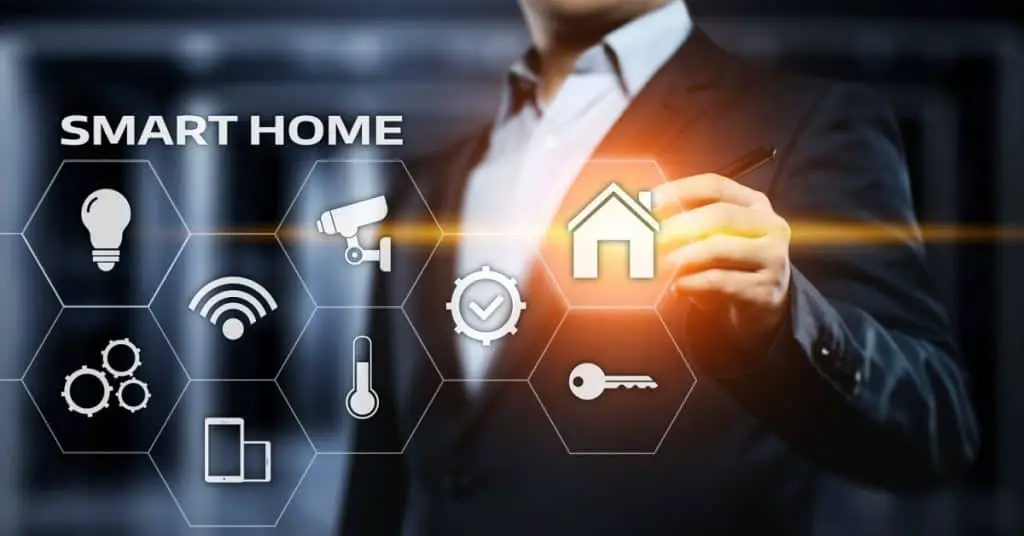
Pros and Cons of Installing a Smart Home
Having a smart home installed is a big decision, and there are conflicting opinions with many valid points. It can be hard to sift through such a fraught issue. Here are the major issues you need to weigh when considering a smart home installation.
Pros of Smart Homes
One of the biggest pros is working with the devices to set everything up just how you like. There is no set experience with these devices. They are custom-made to respond to you. You can also adjust them for deviations in your routine, like when you go on vacation.
What would you do with the extra time you have in the morning with a smart home? You could take the dog for a long walk or spend more time sleeping in bed. If your coffee machine makes coffee for you, that’s more time you can use for other pursuits.
They can also save many dollars down the line and a lot of time. Nest thermostats estimate that users save between 10% and 12%, up to even 15%, on their power bills just from using a smart thermostat. You and your family can spend that money in other, just as important places.
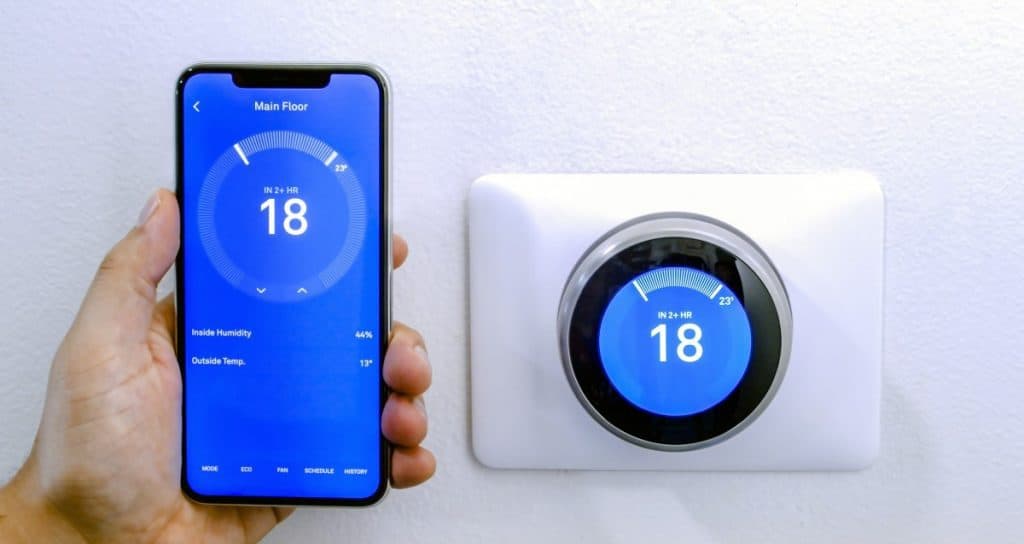
Smart homes and homes that have smart-tech-enabled are also more valuable when it comes to resale value. Younger homeowners look for these kinds of devices because of the savings and customization. It is very appealing for the new tech-focused generations that are entering the housing market.
They can also be fun to work and play around with!
When you have integrated smart light bulbs, you can customize light patterns during the holiday season for a first-class light show. You can make a child’s room glow all colors of the rainbow in time with a story you’re telling that night.
You can set up the soundtrack you want for a specific time while cooking and control playlists with your voice as you work. These can keep kids occupied or make your life feel even more romantic while working on a date night dinner.
Sometimes, you can even work with other apps and do something like Duolingo at the same time as you work on meal prep for the upcoming week.
Cons of Smart Homes
While smart homes can be incredibly valuable, they also come with their own set of concerns. Overall, if you are safe with your internet usage and do thorough research, you won’t need to worry.
The primary concern users worry about is cybersecurity. Hackers can get into various devices and manipulate them.
Sometimes, they even use the owner’s devices against them, like what happened to a Wisconsin couple in 2019. There have also been concerns raised about domestic abuse, like a partner checking in on the other at all hours and using it to monitor their movements.
Another wide concern is devices spying on their owners and taking personal information for ad data. This can be concerning for someone who isn’t out as a member of the LGBT+ community, for example, who is suddenly getting ads for Pride Month everywhere.
A newly launched program called Alexa for Landlords is intended to be used as an assistant for making smart apartments. It has been promoted as a way for smart tech to be accessible for even more people. Critics have noted the potential for landlords to access private data like search histories and overhear personal conversations.
On top of that, there are also concerns about personal choices in homes getting reported to the authorities, such as mentioning marijuana use in US states where it is still heavily criminalized.
These are deeply concerning and can be avoided through a few simple tips.
Password Protection and Cybersecurity
The first suggestion is to use a private and password-protected WiFi connection for your smart devices. This makes sure that only users with the password can connect in and see your device’s activity.
Another way to stay safe is to make sure only those you trust have access to your account passwords. These can make sure you don’t end up with charges you weren’t expecting.
On the same topic with passwords, make sure to change them frequently and keep them strong. Strong passwords have unique characters (like ! %, &, or ^) and numbers mixed in with capital and lowercase letters. This makes your passwords hard to break into.
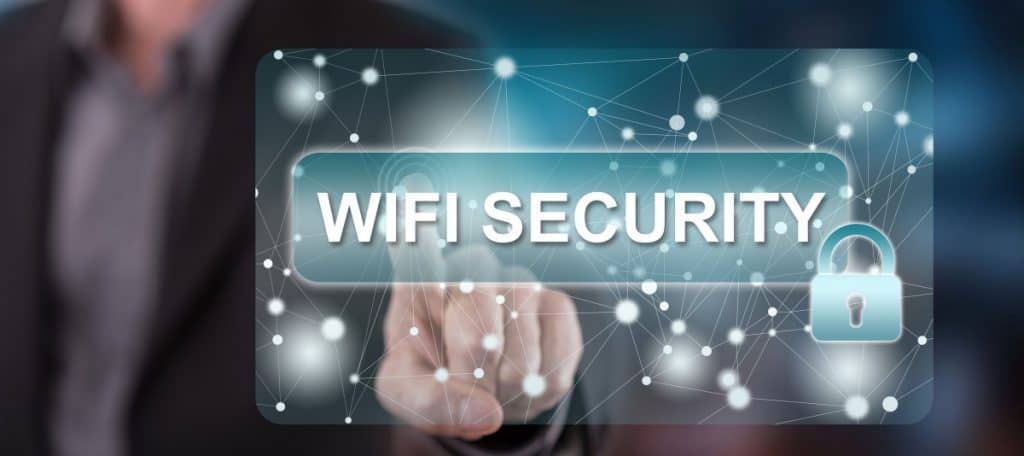
Preventing Smart Device Abuse
With the spying concerns, you can turn off certain parts of smart home assistants (like Alexa or Bixby) in their settings. This prevents ambient listening that can be collected for ad data, and it can prevent unauthorized users from getting into your personal data.
You also prevent these assistants from listening and sending recordings to their company of origin.
This guide is going to talk about Alexa and Bixby. These are the two preeminent smart home assistants and are most common for integration on the market.
If you are looking to use a smart home system, then you should seriously consider if you want to deactivate these features on your smart appliances. They are some of the core components and are crucial for using your devices and tech for what they are intended for.
For full utilization, you should keep the assistants active so they can respond to you as soon as you want them to.
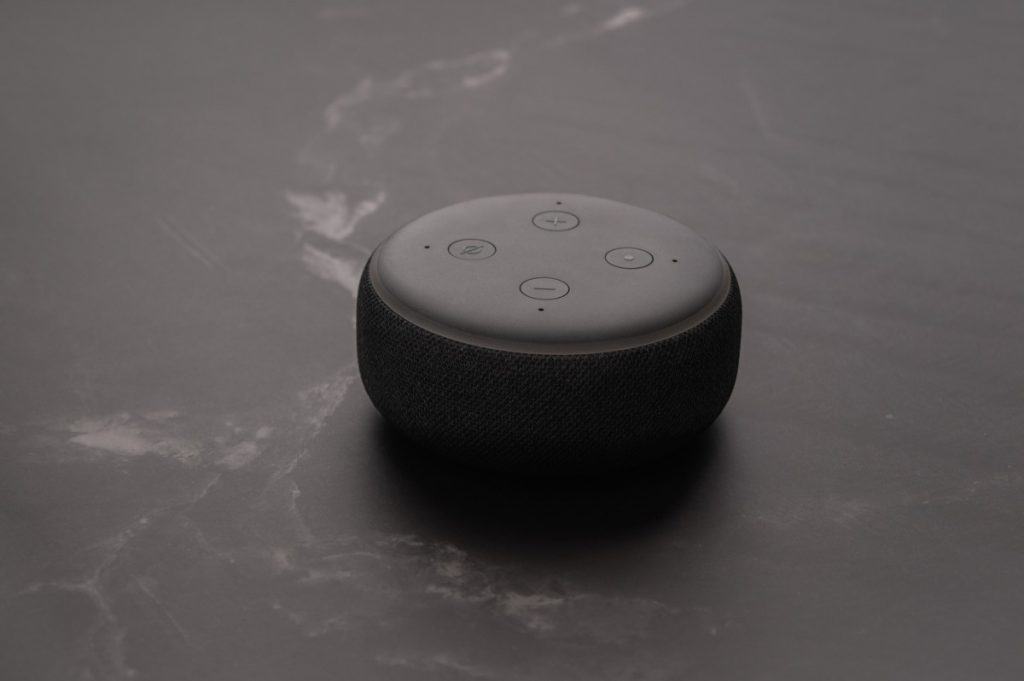
Deactivating Alexa’s Ambient Listening
The process to stop Alexa from listening and sending records is a relatively easy one.
To stop the listening, press the microphone button on your Echo. Once the button is red, it means Alexa has stopped listening. Once you want to use Alexa again, press the button, say the wake word, and then mute the device again.
To stop it from sending records, go into your Alexa app settings. Click on the Alexa privacy settings and go down to ‘Manage your Alexa data.’ Inside that bar, you should see an option called ‘Don’t Save Recordings.’
Dale Dumbs IT Down has a full explanation video of ways you can turn off Alexa’s listening features and prevent your data from being taken for analysis.
Deactivating Bixby’s Ambient Listening
Deactivating Bixby is a bit of a more complicated task than Alexa. There are no guides for disabling Bixby’s listening features on Samsung’s smart appliances. However, there are examples of disabling Bixby on Samsung or Android phones.
The guides all refer to your basic settings on your device of choice, such as your cell phone. If you go into settings, you can find the Samsung assistant section and go down to Bixby and click disable.
AndroidStud has a video that explains how to disable Bixby on the Samsung Galaxy S20.
Are Smart Homes Worth It?
With all these pros and cons factored into it, it can be hard to see if smart homes and home automation are worth it.
Smart homes and automation save homeowners money down the road. While they can be expensive to install and have cybersecurity concerns, there’s nothing to worry about if proper safety measures are taken.
Smart homes can be costly to set up correctly, but they pretty much run themselves once they are installed. There are plenty of studies that prove smart tech saves money for homeowners and can increase the resale value of homes years into the future.
Final Thoughts
While smart tech does come with some drawbacks, it can be a handy tool that makes a busy life even easier to manage. It takes away from tedious issues like adjusting a thermostat multiple times throughout the day or monitoring security cameras while they are away from the building.
Any homeowner would be well-served to look into them and make sure they are ready for the experience. Smart homes can be genuinely fantastic if you take every safety precaution and can set you and your family up for success later down the road.
